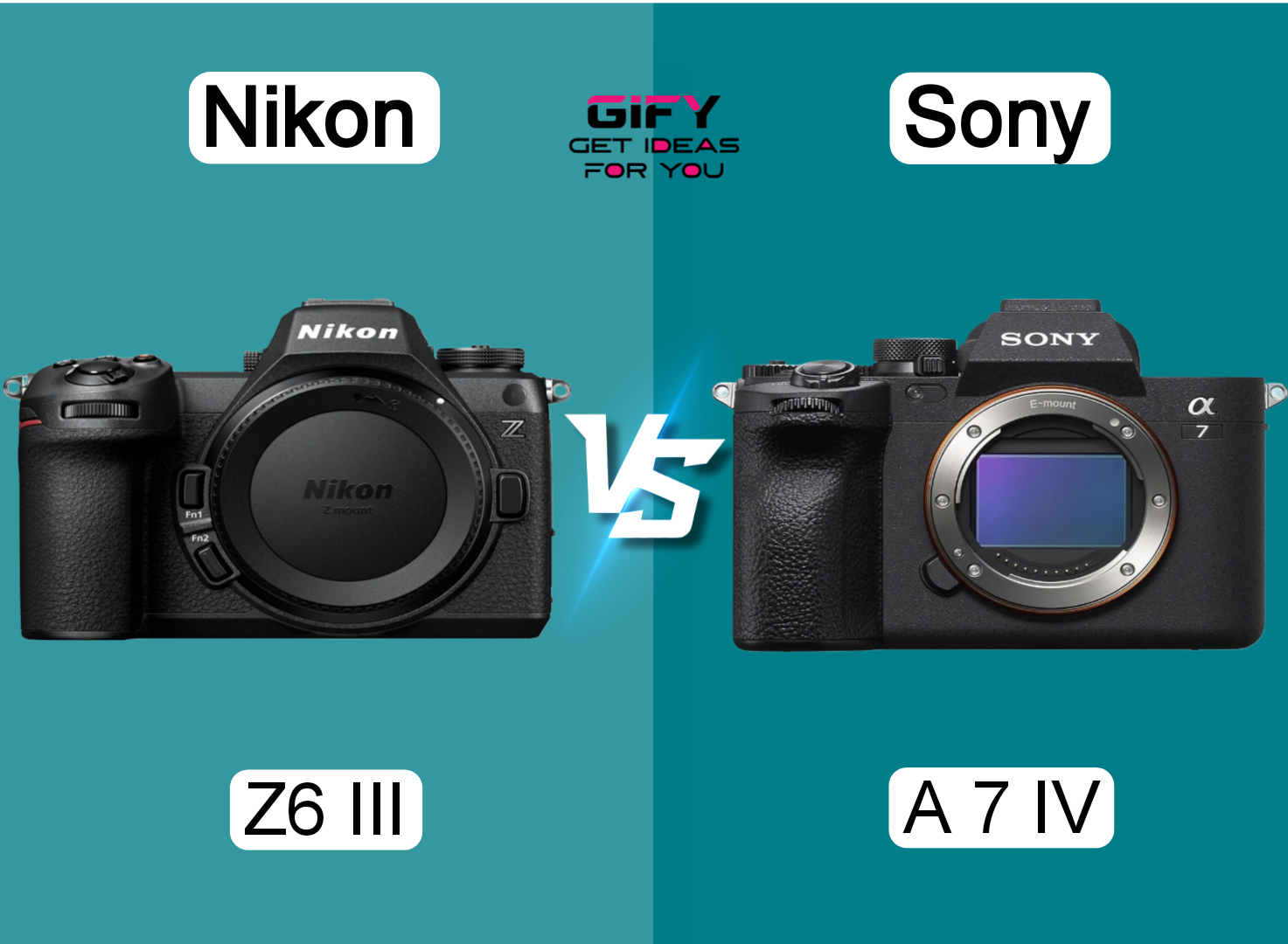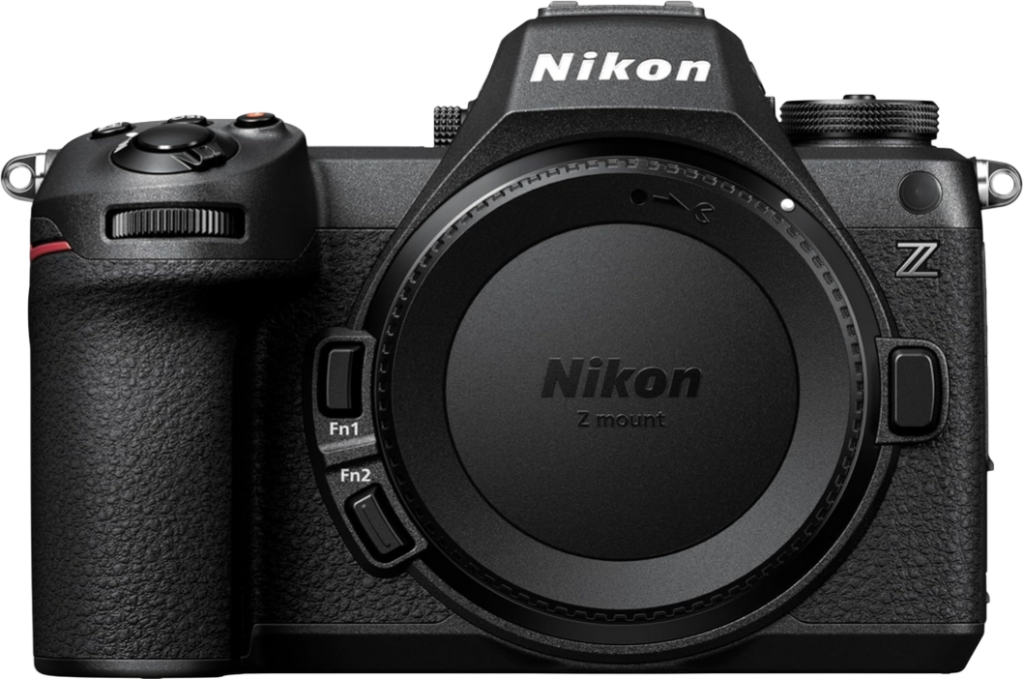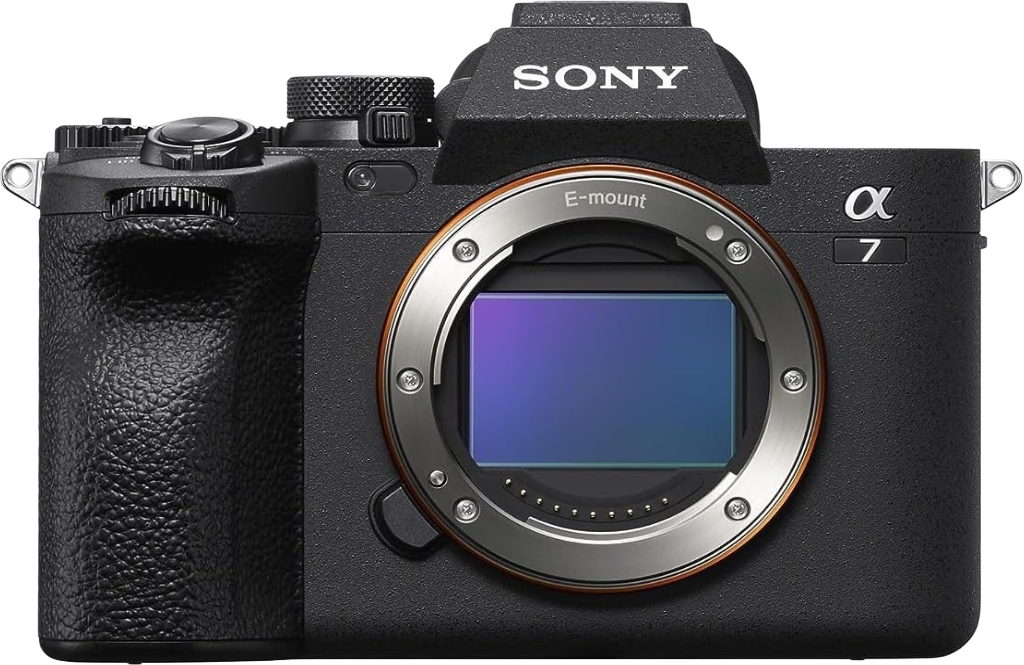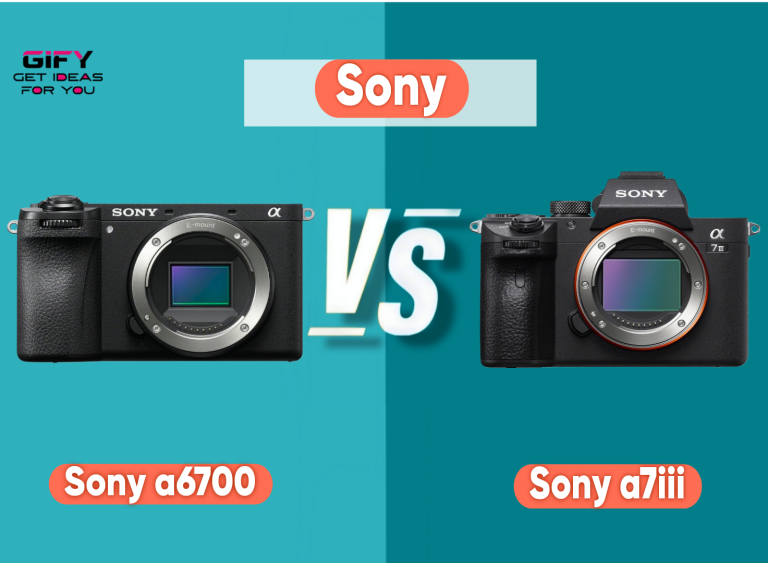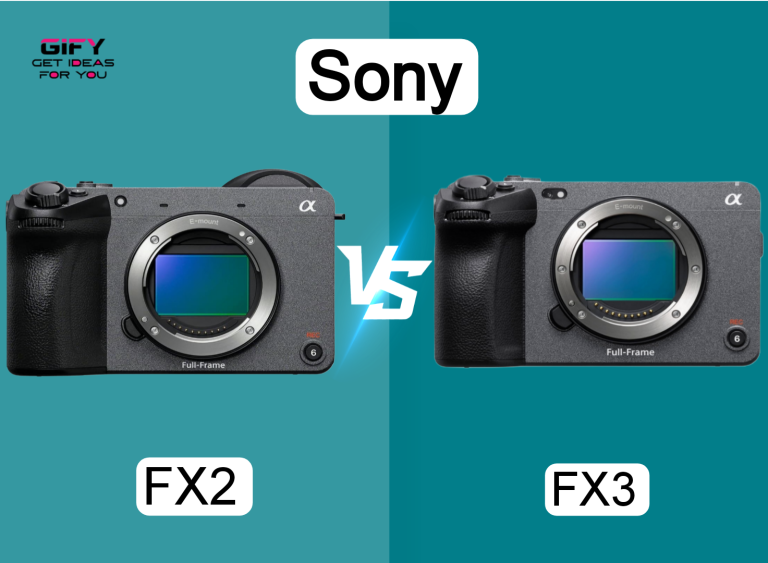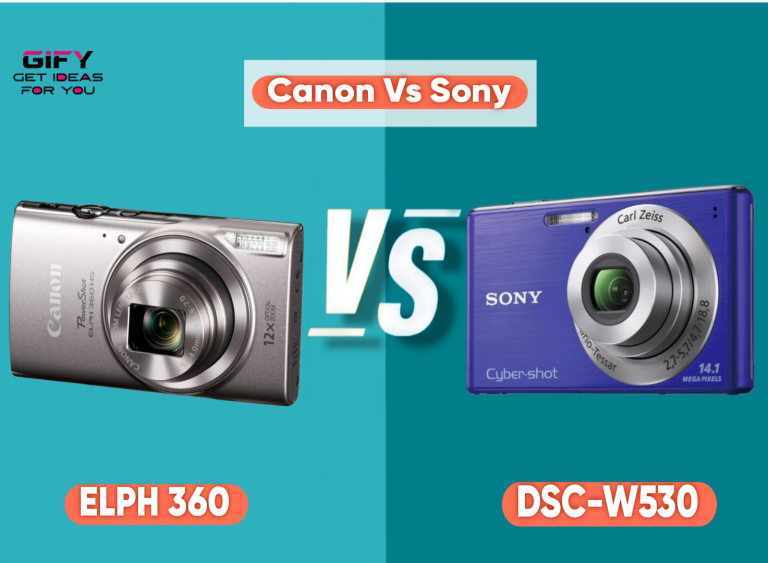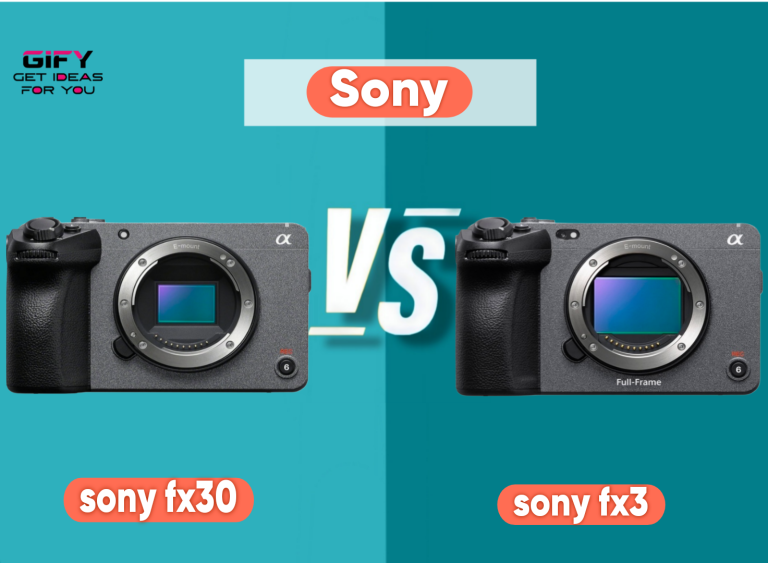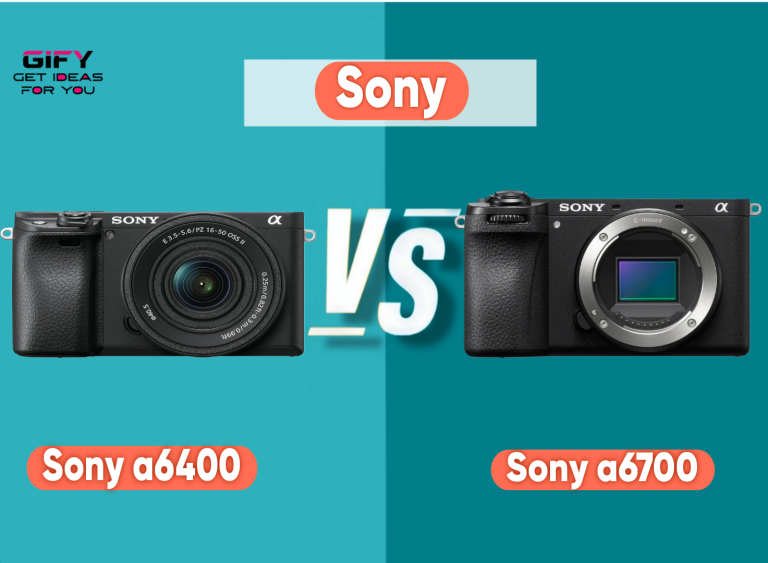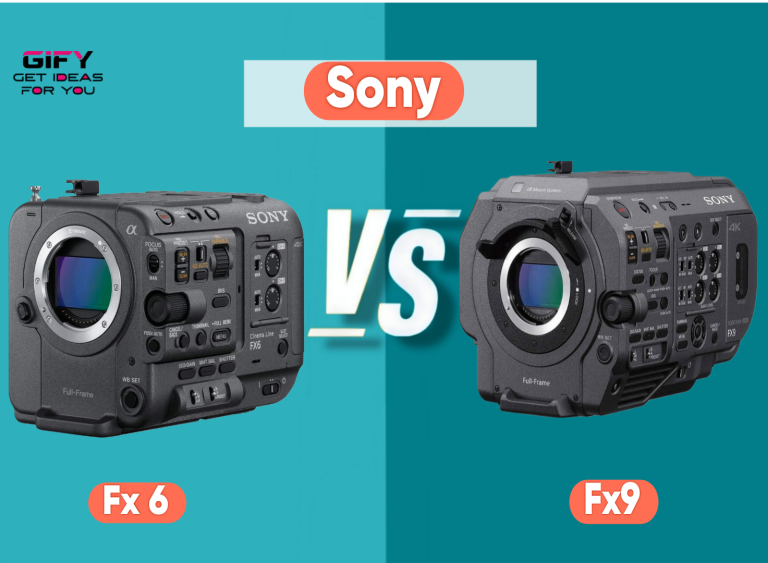Nikon Z6III vs Sony A7IV: two incredible full-frame mirrorless cameras that have captured the attention of photographers and videographers worldwide. Both models stand out for their balance of performance, image quality, and versatility.
If you’re upgrading your camera setup or choosing your first pro-level hybrid camera, this comparison will help you understand their strengths and differences. Let’s dive deep into how the Nikon Z6III and Sony A7IV stack up against each other in real-world performance.
The Nikon Z6III brings a fresh wave of innovation, especially in video recording and autofocus technology. It’s a mid-range powerhouse designed for professionals who need high-quality visuals without the bulk or price of flagship models.
On the other hand, the Sony A7IV continues Sony’s tradition of delivering exceptional image processing and video capabilities, appealing to creators who demand reliability and precision.
In this detailed comparison, we’ll explore how both cameras handle photography, videography, and everyday usability. You’ll learn about their sensors, processors,
autofocus systems, video resolutions, and other essential features. Each section will help you decide which camera better fits your creative workflow and shooting style.
Whether you prioritize speed, image sharpness, or cinematic video quality, understanding the key differences between the Nikon Z6III and Sony A7IV will make your decision clearer.
Both are exceptional, but subtle distinctions in features and design can impact how you capture your world. Let’s break down their details and see which one emerges as the ultimate hybrid camera for 2025.
Nikon Z6III : Full-Frame mirrorless
The Nikon Z6III is a next-generation full-frame mirrorless camera that takes everything users loved about the Z6II and elevates it. Designed for professionals and passionate creators,
this model delivers a remarkable balance of photo and video performance, packed with features that make it one of the most exciting releases in Nikon’s mirrorless lineup.
Detailed Overview
The Nikon Z6III offers incredible flexibility for both still photography and video production. It introduces internal 6K/60p N-RAW video recording, which allows creators to shoot ultra-high-resolution footage with impressive detail and dynamic range.
You can also shoot 4K at 120p for silky-smooth slow-motion effects or Full HD at 240p for extreme slow-motion playback. Its Hi-Res Zoom feature provides up to 2x digital zoom in HD mode and 1.4x in 4K, giving videographers additional creative options.
Another standout feature is the electronic viewfinder (EVF), boasting a maximum brightness of 4000 nits and an impressive 5760k-dot resolution. This means you get crystal-clear visibility even in bright sunlight.
The 120 fps refresh rate ensures a smooth, natural viewing experience, ideal for fast-moving subjects. Additionally, its color accuracy reaches DCI-P3 levels, producing lifelike tones and excellent color fidelity.
Autofocus performance receives a huge upgrade, powered by Nikon’s Deep Learning technology. The AF system detects subjects in extreme low-light conditions down to -10 EV and can accurately recognize human faces as small as 3% of the frame.
It’s also about 20% faster than the previous Z6II, making it one of Nikon’s most responsive hybrid systems ever. The Z6III also provides a wide ISO range of 100–64,000, expandable up to ISO 204,800, ensuring flexibility in various lighting situations.
What Is Good
✅ 6K/60p internal N-RAW recording and oversampled 4K UHD deliver cinematic quality footage.
✅ Exceptional EVF brightness (4000 nits) for clear visibility outdoors.
✅ Deep Learning autofocus that performs brilliantly in low light.
✅ Smooth 120 fps refresh rate in EVF and responsive touch controls.
✅ Wide ISO range suitable for both daylight and night photography.
✅ Flexible Picture Control lets you create and upload your own color profiles.
What Is Bad
❌ Higher power consumption compared to earlier Nikon models.
❌ Large 6K video files require fast storage and post-processing hardware.
❌ Slightly heavier than the Sony A7IV, making it less ideal for travel setups.
❌ Limited lens options compared to Sony’s vast E-mount ecosystem.
Overall Verdict
The Nikon Z6III is a serious camera for hybrid shooters who demand flexibility. It’s perfect for creators who balance professional video work with high-end photography. With its powerful 6K video recording, upgraded autofocus,
and premium viewfinder, the Z6III offers a professional experience that rivals even higher-end models. It’s a solid step forward for Nikon’s mirrorless future and a worthy contender against Sony’s A7IV.
Sony A7IV : Full-frame Mirrorless Interchangeable Lens Camera
The Sony A7IV continues Sony’s dominance in the hybrid mirrorless market. Designed as a “true all-rounder,” it blends cutting-edge photography performance with advanced video capabilities. For photographers and filmmakers who need a camera that can do it all, the A7IV delivers exceptional color, detail, and reliability.
Detailed Overview
At the heart of the Sony A7IV is a 33MP full-frame Exmor R back-illuminated CMOS sensor paired with the next-generation BIONZ XR processor. This combination produces exceptional image quality with reduced noise and incredible detail,
even in challenging lighting conditions. The new processor is up to 8x more powerful than the previous generation, enabling faster data handling and improved overall performance.
Video creators will appreciate the A7IV’s ability to shoot 4K 60p 10-bit 4:2:2 internally, with full pixel readout and no pixel binning. It can also capture 7K oversampled 4K 30p video, producing beautifully detailed footage with minimal moiré or aliasing.
Sony’s renowned S-Cinetone color profile comes built-in, offering a cinematic look straight out of the camera without heavy grading.
The A7IV’s autofocus system is fast, precise, and intelligent, with real-time tracking and eye detection for both humans and animals. It handles moving subjects effortlessly and works effectively in both still and video modes.
Its articulating touchscreen LCD adds flexibility for vlogging and creative angles, while the robust build and intuitive menu system make it user-friendly for all types of creators.
What Is Good
✅ 33MP back-illuminated sensor delivers detailed and dynamic images.
✅ 4K 60p 10-bit 4:2:2 internal recording for professional-grade video.
✅ Excellent autofocus tracking with AI-based subject detection.
✅ S-Cinetone color profile for film-like tones right out of camera.
✅ Strong ecosystem with dozens of native E-mount lenses.
✅ Reliable battery life and user-friendly control layout.
What Is Bad
❌ 4K 60p recording involves a 1.5x crop factor.
❌ Slightly less bright EVF compared to Nikon Z6III.
❌ Menus can feel complex for beginners.
❌ Limited in-body raw recording compared to Nikon’s N-RAW support.
Overall Verdict
The Sony A7IV is one of the most dependable all-around cameras on the market. It combines strong still performance with impressive video recording features, making it ideal for hybrid creators. Its color science, autofocus precision,
and lens options are top-tier. While it may lack 6K recording and the extreme EVF brightness of the Z6III, it remains an incredibly versatile and efficient camera for both professionals and enthusiasts.
Common Features
Both the Nikon Z6III and Sony A7IV share several features that make them excellent choices for serious creators. Despite their differences in design and brand philosophy, they align closely in core areas that matter most for performance and creativity. Here are the major similarities:
- Sensor: Both cameras use full-frame sensors, ensuring rich detail, wide dynamic range, and strong low-light performance. The Z6III’s 24MP sensor and A7IV’s 33MP sensor both provide impressive sharpness and color depth suitable for professional work.
- Processor: The Nikon Z6III’s advanced image engine and Sony’s BIONZ XR processor deliver fast image processing, accurate colors, and real-time noise reduction for clean images even at high ISOs.
- Continuous Shooting: Both cameras support fast burst shooting, ideal for sports, wildlife, and action photography. You can capture fleeting moments with minimal lag and strong autofocus accuracy.
- Video Resolution: The Z6III supports 6K and 4K up to 120p, while the A7IV records 4K up to 60p with oversampling. Both produce sharp, cinematic-quality video suitable for YouTube, filmmaking, and commercial projects.
- Video Features: Advanced color profiles, flat gamma options, and robust codecs make both cameras great for post-production work. Nikon offers N-RAW and ProRes RAW support, while Sony’s S-Cinetone provides ready-to-use cinematic looks.
- Viewfinder: Each model includes a high-resolution EVF. Nikon’s is brighter (4000 nits), but Sony’s is clear and color-accurate, offering a comfortable shooting experience for long sessions.
- Autofocus: Both brands excel here. Nikon uses Deep Learning-based subject recognition, while Sony relies on real-time AI tracking. Both detect eyes, faces, and objects with precision, even in motion.
- LCD Screen: Both cameras feature fully articulating touchscreens, giving creators flexibility to shoot from high or low angles, or while vlogging.
- Lenses & Ecosystem: Nikon’s Z-mount lineup continues to grow with strong optical performance, while Sony’s E-mount offers unmatched variety. You’ll find high-quality native and third-party lenses for both systems.
In short, both the Nikon Z6III and Sony A7IV share a foundation built on professional reliability, speed, and image quality. Your choice depends on brand preference, workflow needs, and the type of content you create.
Related Article 🎀
FAQs About nikon z6iii vs sony a7iv
Which camera has better video quality?
The Nikon Z6III offers 6K internal recording, making it ideal for professional video production. However, the Sony A7IV delivers highly detailed 4K footage with excellent color science, suitable for most creators.
Which camera is better for photography?
Both excel, but the Sony A7IV’s 33MP sensor provides slightly higher resolution, while the Nikon Z6III performs better in low-light and dynamic range situations.
Does the Nikon Z6III overheat during 6K recording?
It manages heat well, though extended 6K sessions may require cooling breaks. Nikon designed its body to handle heat more efficiently than older models.
Which has better autofocus?
The A7IV’s AI tracking is exceptional for moving subjects, while the Z6III’s Deep Learning AF is faster in low-light conditions. Both are top-tier for their class.
Is the Sony A7IV worth upgrading from the A7III?
Yes. It offers better color profiles, faster processing, and improved autofocus. It’s a meaningful upgrade for creators who need 10-bit recording and enhanced tracking performance.
Conclusion
The nikon z6iii vs sony a7iv battle is a close one, with each camera offering unique advantages. Nikon pushes boundaries with 6K recording, advanced autofocus, and a world-class EVF. Sony balances it out with higher resolution, intuitive controls, and unmatched lens compatibility.
Both models are designed for creators who demand versatility, speed, and professional results. If you focus heavily on video, the Z6III gives you more creative options. If photography and workflow flexibility are your priorities, the A7IV might be the smarter choice.
Whichever you choose, you’ll own a camera capable of producing stunning visuals and standing strong well into the next generation of mirrorless innovation. Both Nikon and Sony have delivered exceptional tools that redefine what creators can achieve in 2025 and beyond.

